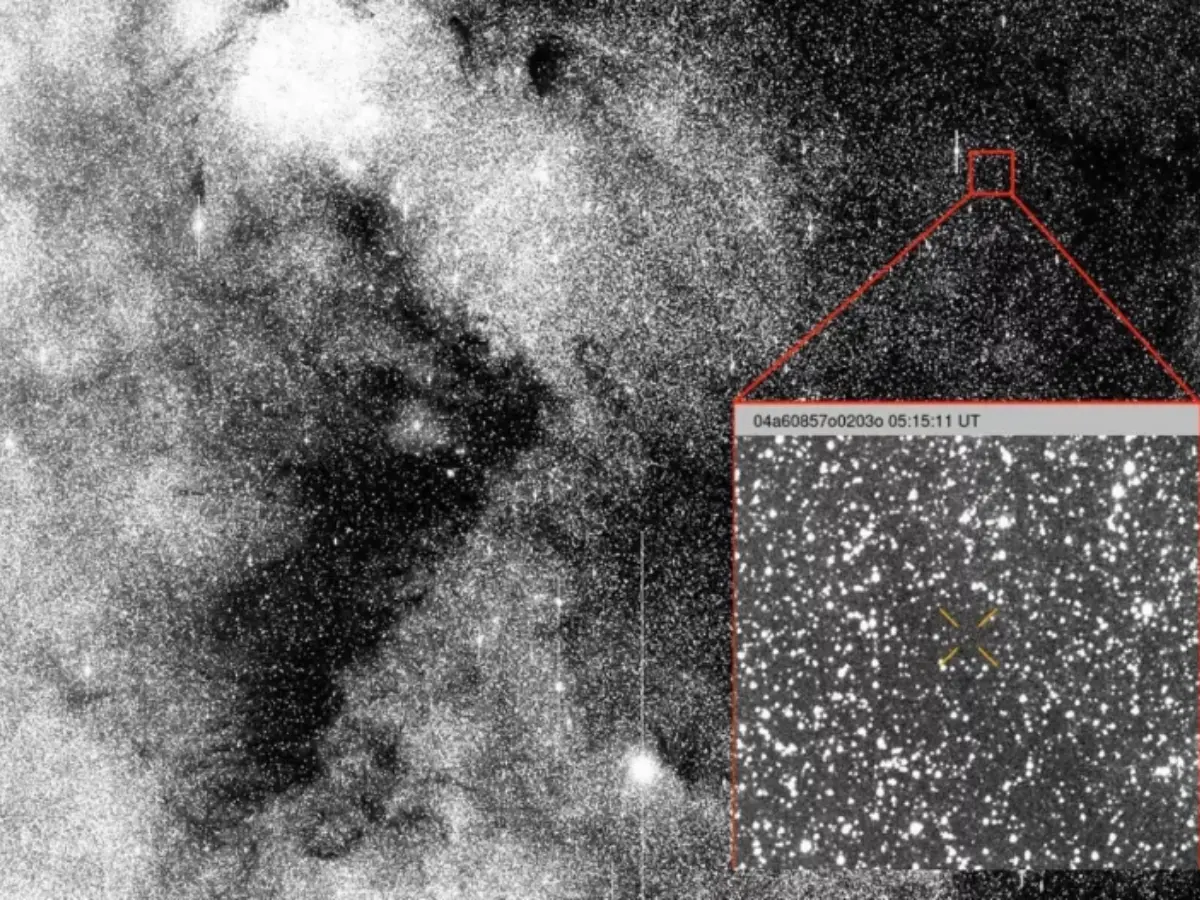Is This Interstellar Comet an Alien Probe? Shocking Claims from Harvard Physicist!

Did you know that a Harvard professor is suggesting that a comet zooming through our solar system might not be a comet at all, but rather an alien spacecraft? That’s right! Avi Loeb, a theoretical physicist known for his bold claims about extraterrestrial life, is making headlines with his assertion that the recently discovered interstellar comet 3I/ATLAS could be an artificial object sent by an advanced alien civilization.
3I/ATLAS, only the third known interstellar object recorded in our solar system, was detected on July 1st by NASA’s ATLAS telescope in Chile. Loeb points to its bizarre trajectory, size, and behavior as indicators that it’s unlikely to be a natural space rock. He explains, “The retrograde orbital plane of 3I/ATLAS around the Sun lies within 5 degrees of that of Earth... The likelihood of that coincidence out of all random orientations is 0.2 percent.” That’s a pretty shocking statistic, right?
Despite Loeb’s compelling argument, many experts have dismissed his claims, asserting that there is no direct evidence to support the idea that 3I/ATLAS is an alien probe. What we do know is that this comet has traveled from another star system and could potentially be older than our own solar system, having taken billions of years to reach us. But Loeb isn’t convinced; he thinks its size is significant enough that it’s improbable it could have naturally traversed such a vast distance.
Currently barreling through space at an astonishing speed of 60 kilometers per second, Loeb argues that there’s no known natural cosmic process that could explain its trajectory towards our inner solar system. He posits, “An alternative is that the object targets the inner solar system by some technological design.” When scientists first spotted the comet, they noted its extremely elliptical orbit and high velocity, both of which suggest it originates from beyond our solar system. 3I/ATLAS is journeying from the constellation Sagittarius and will make its closest approach to the Sun on October 30, coming within 210 million kilometers—roughly the distance of Mars!
What’s even more interesting is the sheer size of this interstellar visitor, as measurements based on the light it reflects suggest it’s around 20 to 24 kilometers in diameter. To put that into perspective, that’s 200 times larger than 'Oumuamua, the mysterious interstellar traveler that made headlines in 2017. Loeb argues that an object of this size cannot simply travel through space without losing integrity. He shared with MailOnline, “There are about a million objects on the scale of 'Oumuamua for each object that is 24 kilometers in size. But we haven't seen a million 'Oumuamua-sized interstellar objects before seeing this one; it's very strange.”
In addition to his observations, Loeb has written a paper set to be published in the Research Notes of the AAS, where he details how such a massive object could reach our solar system. He analyzed existing data to estimate how many objects of this size might exist in the Milky Way, only to conclude that the results made “zero sense.” He asserts that there isn’t enough mass in the universe to account for many rocks of this size, implying that 3I/ATLAS is rarer than it appears.
Loeb has also challenged the idea that this object is a comet, claiming that there’s no direct evidence of dust or gas being released from it. What led scientists to classify it as a comet was the ‘reddening’ effect caused by dust. Loeb believes this could simply be attributed to the object’s unique color. So, is the truth out there? Or is it just a cosmic coincidence? Only time will tell.

















